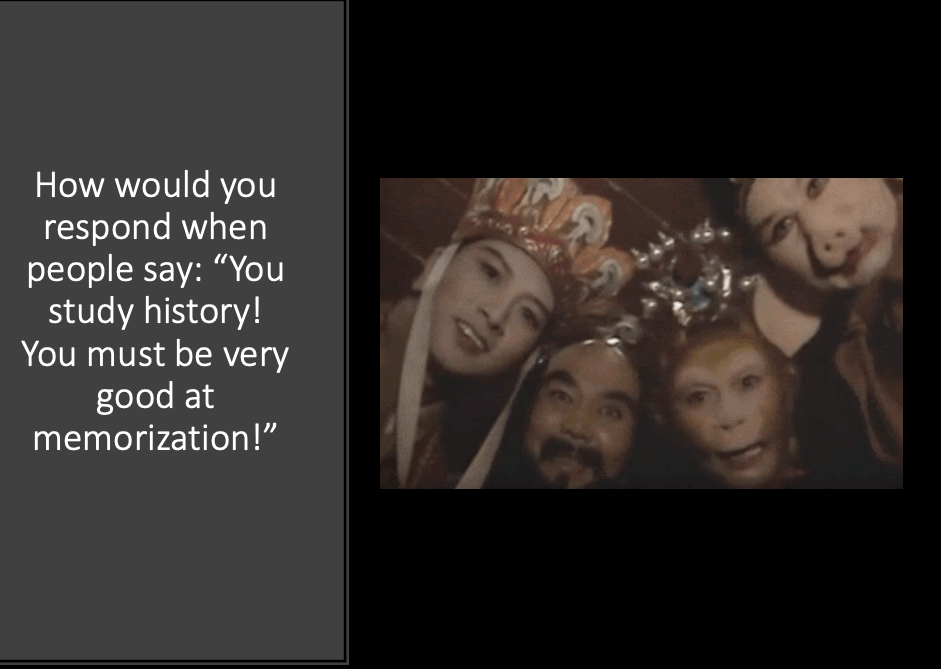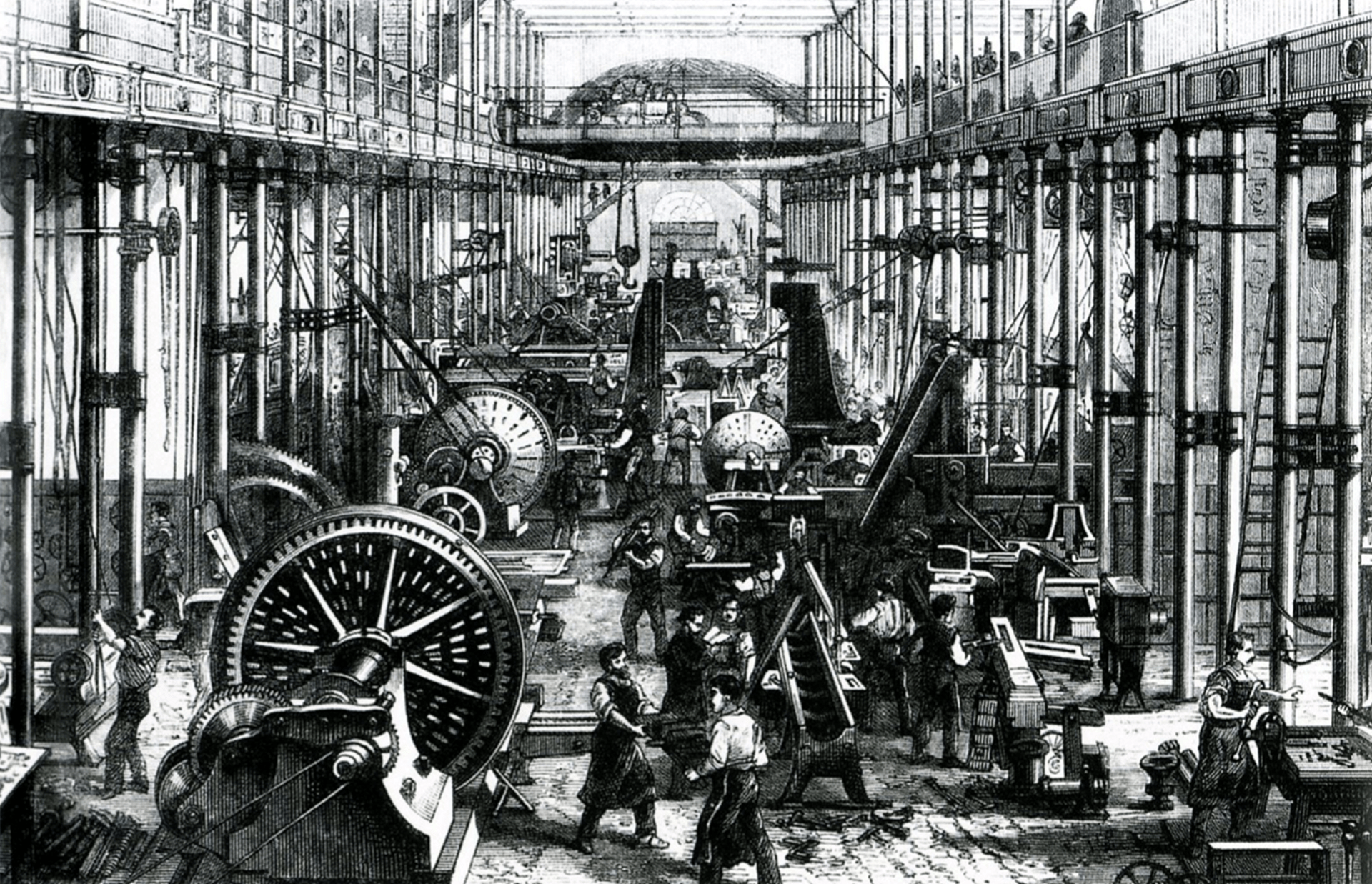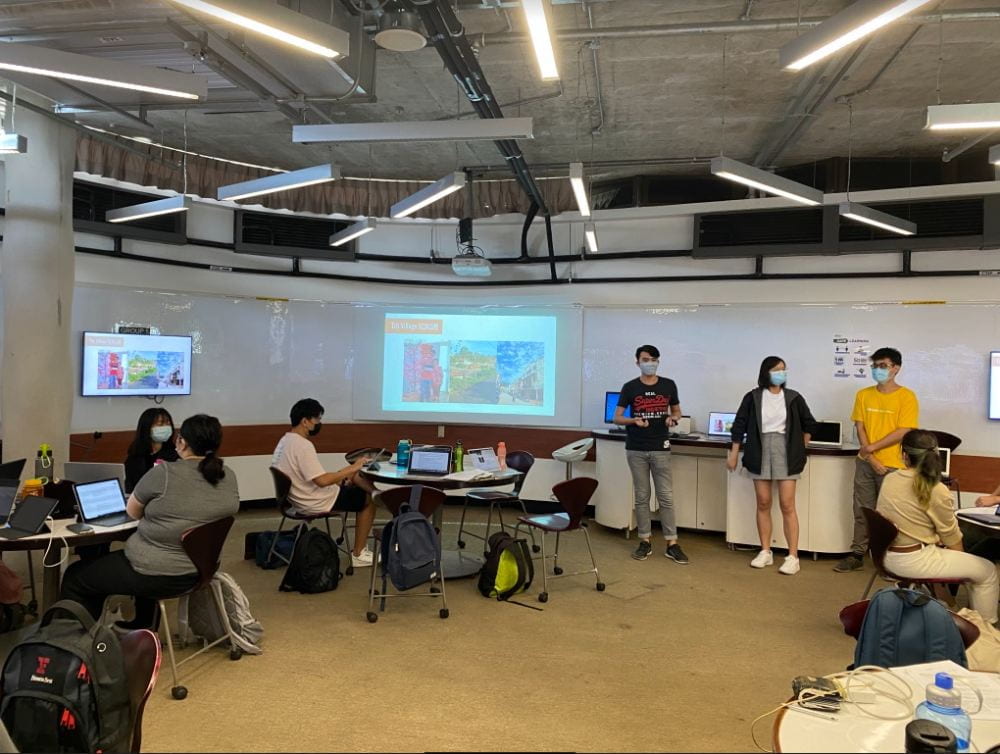Teaching Experience At Nanyang Technological University
How do I teach?
Debate
Almost all my syllabi are structured in a way to highlight historiographical debates. I compose a debate question for each week and select corresponding readings that represent oppositional views on the same issue. For 3000-level and 4000-level seminars, students are given more autonomy. Each week. a group of 3-4 students will work together as “debate moderators” and are responsible for preparing a Debate Moderator Sheet containing pitchy quotations from the week’s required readings and questions they formulate independently in response to these readings. This group of debate moderators are also in charge of leading a 50-minute in-class discussion. The rest of the class will bring to class a “Position Paper” summarizing his or her position on the week’s debate topic.
Sample Debate Questions:
- Western colonialism be exploitative in design but beneficial to the colonies in outcome? (HH1003 Asia-Pacific in Global History: From 1800)
- History is closer to science than to art. (HH3001 Historiography: Theory and Methods).
- The Japanese occupation was probably a historical necessity in Singapore’s political and subsequent economic development. (HH3022 World War II and Southeast Asia)
- How Korean was the Korean War? How do we understand local conflicts against the broader context of the Cold War? (HH4007 An International History of the Cold War)


Students Nur Mus’ifah Binte Mustafah, Muhammad Iskandar Shariff and Yusri Bin Rosli in HH3022: World War II and Southeast Asia moderating a debate about whether the Japanese occupation empowered new elites in Burmese politics
Students Ahmad Hasif Bin Mohammad Amran, Amanda Tan Jia Le and Chen Yee (Xenon) in HH4007: An International History of the Cold War presenting their analysis of various primary sources collected on the Malayan Emergency
Discovery
On a chilly spring morning in 2008, at the Foreign Ministry Archives in Beijing, I discovered the minute of a meeting between Mao Zedong and a visiting Indonesian delegation, during which Mao encouraged his Indonesian guests to develop their own nuclear bomb. Merely a few hours after this conversation took place in Beijing, a coup happened in Jakarta, followed the rise of a military-backed authoritarian regime through one of the worst mass violence of the twentieth century. More than a decade later, I still clearly remember the adrenaline rush I felt when I read the document for the first time. As a history teacher, I aspire to share with my students the excitement for historical discoveries and close textual analysis that I had felt. I attempt to give students ample opportunity to practice encountering and evaluating primary sources as best as I can.
In HH4007 “An International History of the Cold War,” each week the class will work on a set of documents compiled by 2-3 students acting as Primary Source Collectors. I provide the students with a list of online databases to explore archival sources. The students are encouraged to find interconnected documents authored by different historical figures or targeting different audience. The Primary Source Collectors are also responsible to lead the class to collectively analyse the primary sources they have selected. In the past years, the students have creatively compiled sources from CIA intelligence reports, newspaper articles to songs, comics, posters, and film clips.
Here are some useful historical sources that I have encouraged my students to look out for their research.
-
Free Resources on MUSE during COVID-19 https://about.muse.jhu.edu/resources/freeresourcescovid19/?from=timeline&isappinstalled=0
-
Historical Sources useful for Final Year Projects (FYP) compiled by Esmond Soh https://docs.google.com/spreadsheets/d/1dMO2IHqWtyJNNskj54_vLp_vd-kRxrSGze-n-BQ3SFc/htmlview
What do I teach?
HH1003 Asia-Pacific in Global History: From 1800
The very term “Asia” originates from Greek and Latin, which was gradually appropriated by Asians as a collective identity. What does “Asian” mean in the time of global pandemic? Does Asia stand for wired, disgusting eating habits or more effective disease control in collectivist societies with disciplined people? This course will provide you with an insight into the historical processes that shaped the modern Asia-Pacific, how these processes were connected to global developments such as colonialism, capitalism and migration. It is intended to introduce students to the history in modern times and to the Asia-Pacific as a region, not just as a collection of disparate nation-states. In addition to familiarizing students with the broader historical processes behind the formation of modern Asia and the impact of historical narratives on how we perceive events, the course also trains students in basic primary source analysis skills. To this end, we engage with different types of sources throughout the course, such as policy documents, images, memoirs, personal letters and oral history accounts.
Links to useful sources:
- MIT visualizing Cultures Curriculum https://visualizingcultures.mit.edu/home/index.html
- Maritime Asia: War and Trade: https://maritime-asia.org/
- Virtual Angkor: https://www.virtualangkor.com/
- Grassroots Operation of the Japanese Empire: https://www.japaneseempire.info/
- Everyday Life in Mao’s China https://everydaylifeinmaoistchina.org/
- The Mao Era in Objects https://maoeraobjects.ac.uk/
[PDF]

HH3001: Historiography: Theory and Methods [PDF]
Do historians uncover the truth, organize the facts and formulate possible causal explanations or just tell stories that sell? Can history be written “as it actually happened”? Are all human histories always provisional and conditional? How is a reconstruction of the past possible given that historians cannot rethink the thoughts of the dead or relive their lives? Are historians unfairly imposing the questions of the present to the past? Is the writing of history ultimately a power game that ensures the dominance of those who possess it? In a world in which an ever-growing chorus of voices is heard, what are the criteria by which a historical work can be held as valid? With the coming of the digital age in humanities and social sciences, will history ultimately perish as a discipline and profession?
In this course, we will discuss the aforementioned questions by examining history’s relationship to science, postmodernism, colonialism, nation building, gender, identity politics and globalization. Building on the basic skills acquired in HH 1001: What is History, this course offers a more advanced introduction to the theories and methodologies underpinning our craft. The first part of the course (weeks 1-6) offers a chronological overview of the evolution of Western historiography in the twentieth century. These sessions show the history profession’s early embrace of positivism and scientific models and later encounters with postmodernity and multiculturalism. The second part of the course (weeks 8-13) offers a thematic survey of the field at present, bringing in questions on texts and contexts, narratives and subjectivity.
HH3022 World War II and Southeast Asia [PDF]
In August 1945 the US dropped atomic bombs on Nagasaki and Hiroshima, bringing to an end the Second World War (or WWII). Yet in Southeast Asia, the end of the three year, 9 month and 1 day occupation by Japan marked only the beginning of another round of intense conflicts. Events of 1941-45 led to destabilization of every country in the region and dramatically affected the ability of Western colonial powers to regain their colonial territories. Japan presented to Southeast Asian countries renewed hope and renewed fear but changed the way the people in the region thought of themselves in any event. As a result, revolutions of national independence were waged in nearly every Southeast Asian country after WWII ended. Was Japanese occupation of Southeast Asia the same as Western colonization, only on a more intense scale time-wise? Or were Japan’s “crowbar” effects crucial for the development of postwar independence movements? How do we understand WWII in relation to the birth and rise of a new Asian world?
In this class, we seek to answer these questions by studying WWII in Southeast Asia through a country-by-country approach. For each country or group of countries, the following aspects will be discussed: Situations before the outbreak of the war, especially with regards to Western colonial powers; the timeline of Japanese invasion and involvement; the economic, political and cultural changes that occurred during the Japanese occupation; the end of the war and post-war repercussions.
Links to useful sources:
- National Library Resource Guide to WWII and Southeast Asia https://blogs.ntu.edu.sg/taomozhou/files/2018/09/WWII-Southeast-Asia-Source-Guide.pdf
- Outstanding student research papers featured in the exhibition “Witness to War: Remembering 1942” at the National Museum, Singapore https://www.nhb.gov.sg/nationalmuseum/our-exhibitions/exhibition-list/witness-to-war-remembering-1942


HH3027: A History of Modern Indonesia [PDF]
HH3028 Global History of Capitalism [PDF]
History of Global Capitalism introduces you to the discipline of economic history. Beginning with the rise of capitalism in the West, the module tracks the development of capitalism, its spread throughout the world, and the challenges it has faced. The module also introduces the major themes and debates in the new field of the history of capitalism, including the Industrial Revolution, the East-West divide, the entanglement of economics and geopolitics during the two world wars and the Cold War, and the increasingly important roles of gender and technology in our discussions on capitalism. We will also look at case studies of post-WWII America and China’s Economic Reforms starting from the late 1970s.
This course also helps you to develop the skills to turn textual as well as numerical data into analytical historical writings. Through this course, you will become familiar with the different approaches to economic history and the methodological developments in the field, and learn what kinds of sources economic historians use and how they use them.
Links to useful sources:
Ho Rui An, Asia the Unmiraculous http://horuian.com/asia-the-unmiraculous/


HH4007: An International History of the Cold War [PDF]
The Cold War dominated the second half of the 20th century, but until recently we had only an imperfect sense of what it was all about. In the past, historians used to write about it from within the event they were seeking to describe, so that there was no way to know its outcome. And because only a few Western countries had begun to open their archives, these accounts could only reflect one side of the story. As a result, Cold War history was once asymmetrical and incomplete. The end of the Cold War and the subsequent partial opening of Soviet, Eastern European, and Chinese archives have revolutionized the field. Everything we thought we knew is open for reconsideration, whether because of the new documents available to us or as a consequence of being able to reflect on how its outcome in new ways thanks to methodological developments within the discipline.
This course will provide an introduction to key topics in the new, international history of the Cold War. Through this course, I hope to break down the stereotypical understanding of the Cold War as a military competition between the Western and Eastern Blocs by bringing in the lived experiences of the peoples in the global south, the evolution of mass culture and media in different parts of the world, the roles of ideology and technology, and the emerging networks of interdependence that bound societies together in new ways. This course will also provide some of the factual grounding and conceptual apparatus necessary to understand the contemporary world.
- Cold War 2.0? Rethinking Analogies in US-China Relations https://youtu.be/ODU9s-lvdis
- Print Culture and Journalism of the Global South in the Cold War https://youtu.be/hSJX55CHbS8
- Reconceptualizing the Cold War: On-the-ground Experiences in Asia (An online archive of oral history collections concerning the Cold War and decolonization in Asia; I serve as a collaborator in this Tier II project led by Hajimu Masuda of the NUS) https://rcw-asia.com/
